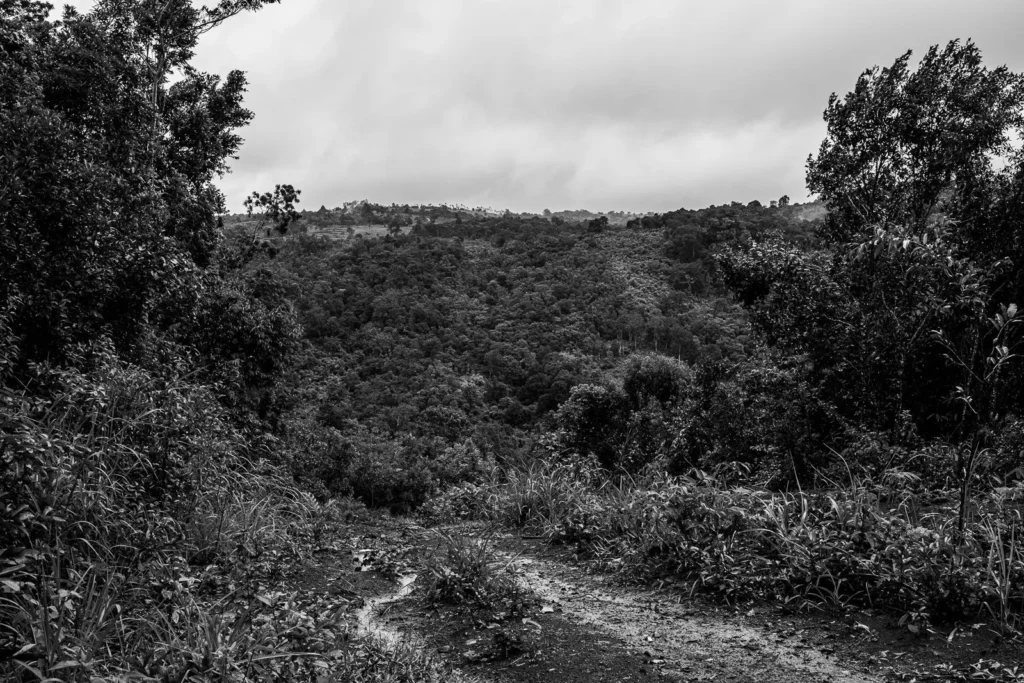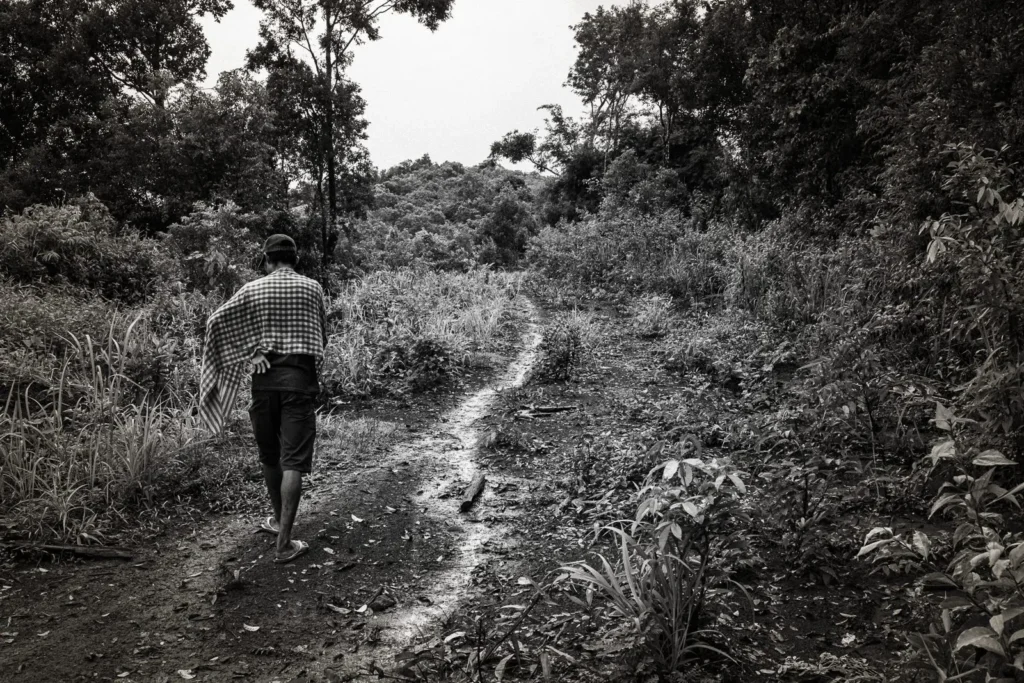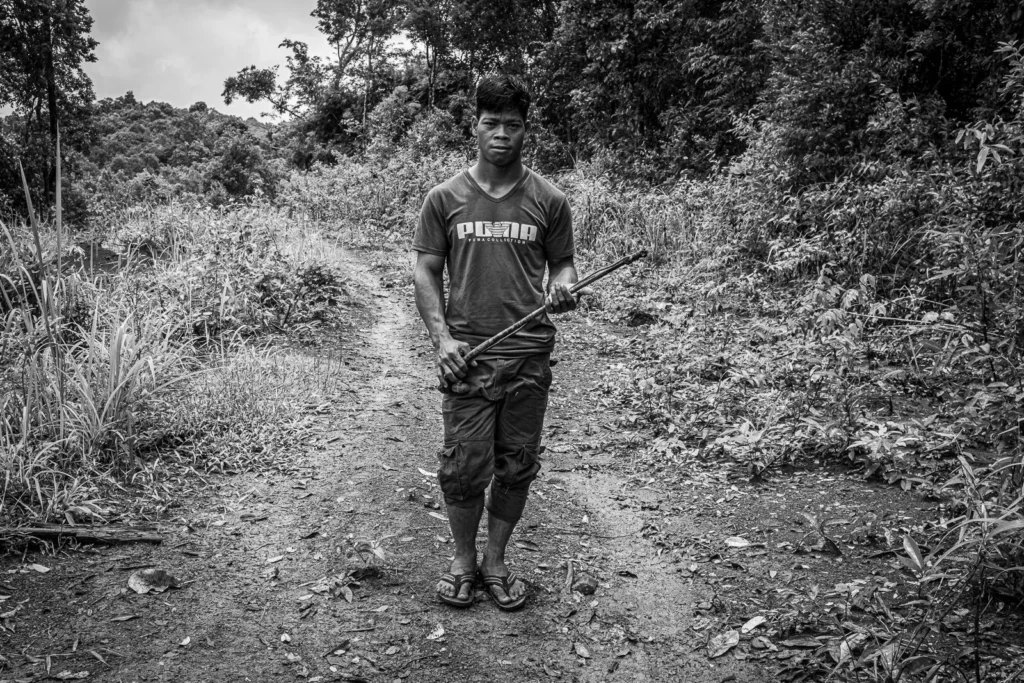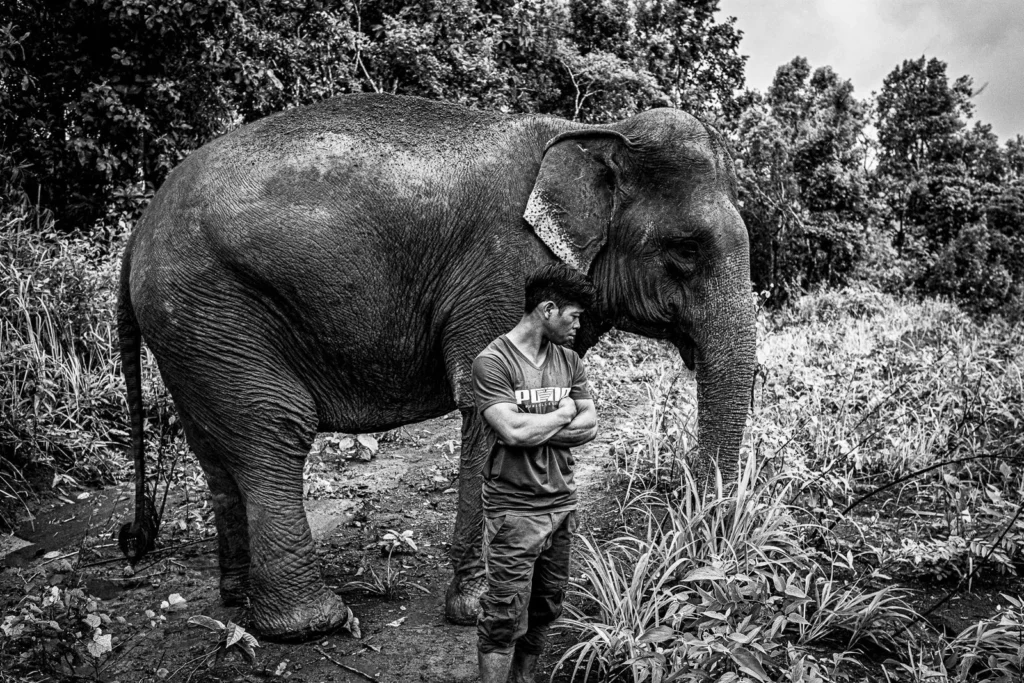The Forest of the Immortals
I placed my hand on the thick skin of an elephant, expecting to feel its roughness — yet, among the sparse coarse hairs that covered it, I found only softness. I felt the warmth of its body as I watched my hand rise and fall to the calm rhythm of its breath.
Enchanted by that sensation, I found myself lost in the deep wrinkles of that thick, supple skin, tracing them as if they were paths, rivers, and routes drawn upon an ancient map — one that could reveal the mysteries of a world where I was but an unexpected, though tolerated, visitor.
What did she think, I wonder, when she saw me?
A pale man, awed even to meet her gaze — eyes that were dark and endless as abysses, yet somehow reassuring — awkward in his movements along the edges of her jungle, careful not to slip in the mud the same colour as the skin of her beloved mahout. What did she think, as she followed my hand with that deep, unblinking eye?
Did she sense the quickening of my heartbeat? Did she know that, in that very instant, I was losing myself within her wrinkles?

The Jungle of Mondulkiri
In the southeast of Cambodia — far from the magnificent temple complexes left behind by the Khmer Empire and now crowded by package tours — stretches a vast region of highlands and mid-mountains, largely wild, painted in countless shades of green, rich with powerful waterfalls, and home to an astonishing variety of plants, animals, and human diversity.
Mondulkiri, whose name in Khmer means “Centre of the Mountains”, not only marks a natural border with Laos and Vietnam but is also the most eastern, untamed, and sparsely populated province of Cambodia. In the 1960s and 1970s, it was a land scarred by the flow of weapons moving from North to South Vietnam. Even today, some areas of this jungle remain no-trespassing zones due to the large number of landmines and unexploded bombs — a continuing environmental tragedy for the forest dwellers who, all too often, fall victim to explosions and mutilations. In the best of cases.
Deep within the jungle and forests that cloak Mondulkiri’s remote hills live several ethnic groups, among them the Bunong — also known as Pnong — an animist people who for over two thousand years have lived in symbiosis with nature and the spirits of the forest. The Bunong follow a code of conduct rooted in respect for the resources their land provides. They are the guardians of an ancient tradition that enables them to care for elephants, considered full members of their community. The Bunong shape their lives and the rhythm of their existence around the protection of these extraordinary animals.
The mahout — a word of Hindi origin meaning “one who rides the elephant” — are their guardians and caretakers. Throughout their lives they tend to their elephants, passing this duty from generation to generation — to a son, a brother, a nephew — until the elephant’s life cycle comes to its natural end. Each elephant is thus considered a true member of an extended family, bound together through the passing of time.
“Upon arriving in Sen Monorom, Mondulkiri’s main town, after a long and uncomfortable journey, one of the greatest challenges was simply making contact with the Bunong. After the obligatory stop at the local police station — where our request for assistance was curtly refused — I decided to take my chances among the many tuk-tuk drivers, hoping to find a local contact who could lead us to a village deep in the forest.”
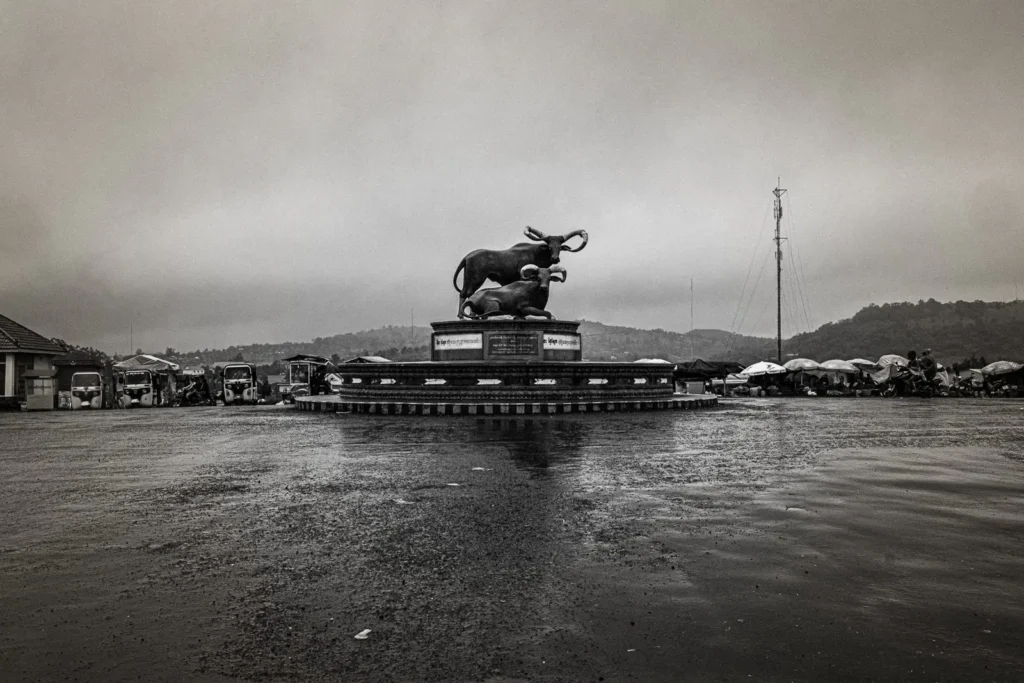
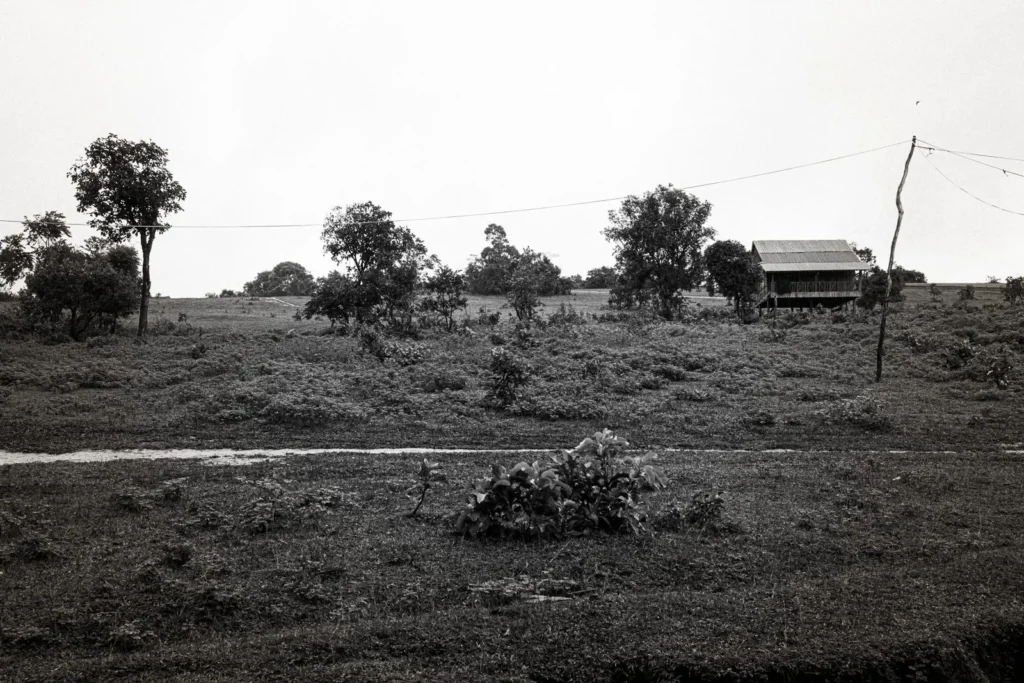

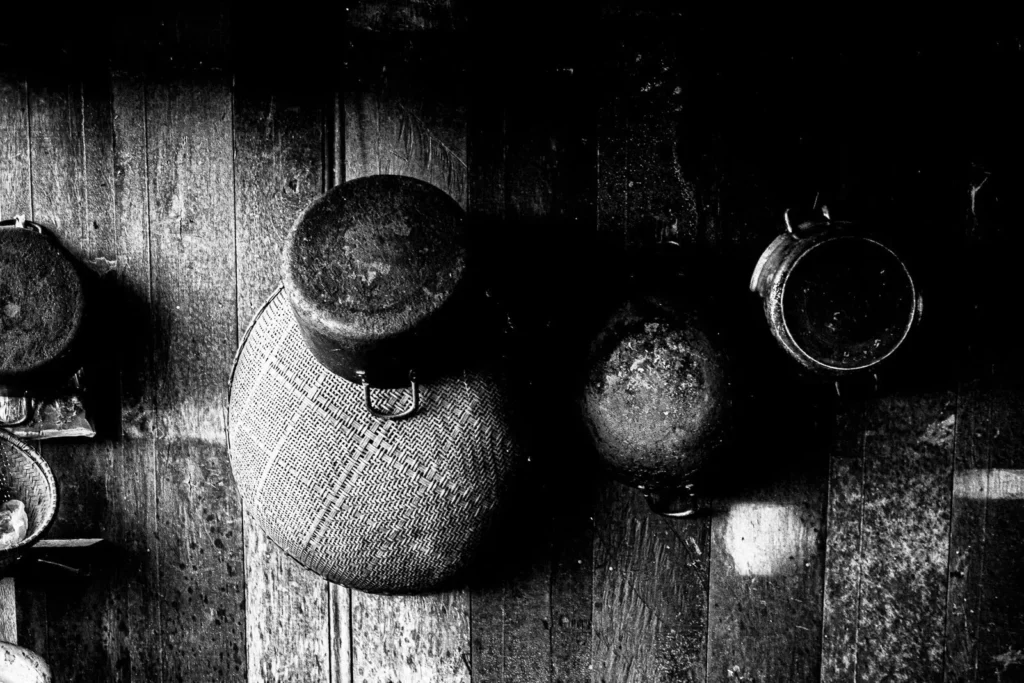

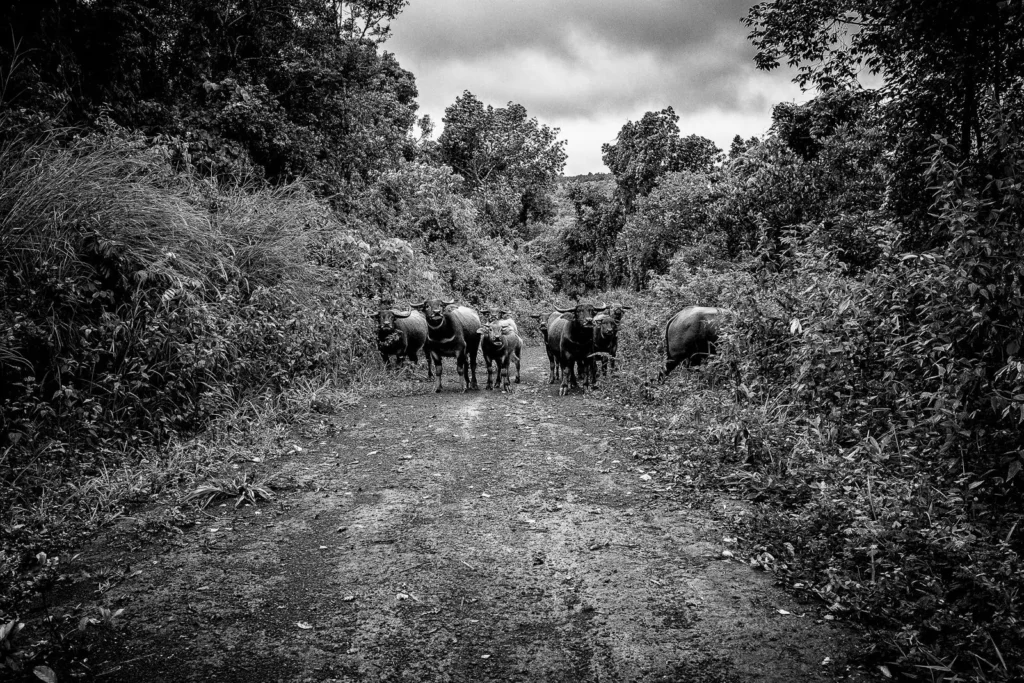
A Future to Preserve
Over the past twenty years, the practice of land grabbing has spread — the sale of vast tracts of forest by private owners or government bodies to foreign companies in exchange for money, with the land destined for exploitation. Fortunately, in recent years, awareness of this issue has grown, and efforts have begun to contain it by seeking sustainable development models for those who live in the area. One of the (modest) initiatives by the central government has been to recognise the Bunong as a “protected ethnic group” and to classify their work with elephants as a matter of “national interest.”
While this decision has helped to lessen the impact of early-century land grabbing, it has also opened the door to numerous foreign projects aimed at the preservation and protection of Bunong villages — and of elephants themselves. Unfortunately, not all of these initiatives have proved positive. In an effort to secure the funds needed to maintain their operational infrastructure, many such projects have gradually turned into tourist agencies — effectively becoming full-fledged tour operators catering to wealthy travellers.
In the centre of Sen Monorom we meet Cham, a young Khmer man with good English, excellent French, and a few Italian songs running through his mind. He tells us the story of Nol, his childhood friend — a mahout who, together with his family, cares for elephants in the forest. Chan and Nol grew up together but speak different dialects: one Khmer, the other Bunong. Their conversations, shaped over the years, are a weave of languages and shared understanding.
With his tuk-tuk, Cham drives out of town, joins the main road, and after several kilometres turns sharply onto a muddy dirt track heading into the forest.
Nol’s house is wooden — simple, spartan, glowing in the reflection of the red earth and the ceaseless rain. The atmosphere is tranquil, the sound of rain on wooden planks serving as a kind of natural soundtrack. We set off towards the emerald-green forest. Above our heads, a few eagles glide over the jungle, as if keeping watch. There is no sound but the rain carving its way along the path, making each step uncertain on the fragile soles of my sandals.
After an undefined stretch of time, Nol disappears into the thick of the forest. Cham tells us to wait quietly. He also explains that it is the elephants who decide who may meet them — and it is by no means certain they will allow strangers near, let alone be touched. Time seems suspended, and then, from the heart of the forest, she appears. Moving slowly through the foliage, guided by her mahout, in a silence almost liturgical. The forest receives them, a witness to their wordless understanding. A few sounds from Nol’s mouth form his conversation with Kropun, a young female elephant of thirty-eight years, cared for by Nol’s family for as long as anyone can remember.
Kropun was there when he was born, and she will remain by his side for the rest of his life. And when he departs for the land of the Bunong spirits, she will still be there — tended by Nol’s son — until the day she chooses to lay herself down to sleep in the Forest of the Immortals, in Mondulkiri, Cambodia.
